DNVN - Commenting on the draft Decree of the Government on land prices, the Vietnam Valuation Association (VVA) emphasized the need to correctly and fully calculate profits for investors.
Investor's profit should be calculated on land use fee
The Ministry of Natural Resources and Environment is seeking comments on the Draft Decree of the Government on Land Prices (Draft) guiding the implementation of the 2024 Land Law with many important contents related to land valuation and appraisal.
The Draft Decree is assessed to have actively absorbed comments from experts, professional social organizations such as VCCI and professional associations such as the Vietnam Valuation Association regarding land valuation and related issues.
After the Draft Decree was announced, in order to continue to complete it in a comprehensive manner, recently, the Vietnam Valuation Association issued a written comment, emphasizing the need to correctly and fully calculate profits for investors.
Point c, Clause 3, Article 8 of the Draft stipulates: “Investor's profit (including equity cost and loan cost) is calculated as a percentage of construction investment cost specified in Point a of this Clause”.
VVA believes that the above regulation is unreasonable because it does not correctly and fully calculate the profit of the entire project according to the surplus method for investors. According to VVA, the investor's profit must be calculated on the total cost that the investor must spend to complete the project until the product is sold to generate revenue.
Accordingly, the total cost includes all costs in points a and b, clause 3, especially including "land use fee" which is the initial investment cost that the investor must pay to fulfill financial obligations to the State.
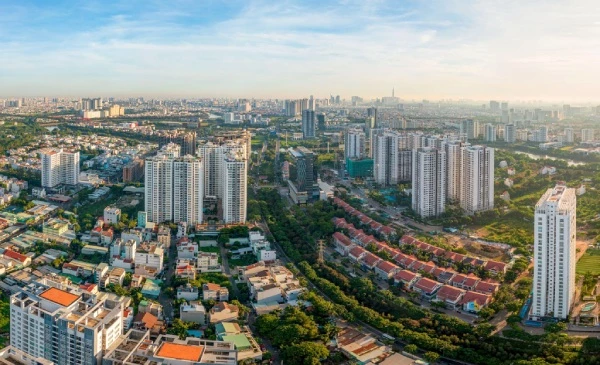
VVA believes that investors' profits should be calculated based on land use fees.
Explaining the argument that investors' profits must be calculated based on land use fees, VVA said that the investors' profits as stipulated in the Draft are only profits from real estate development (land development investment), not profits from total investment costs including land use fees plus real estate development investment costs.
Therefore, VVA believes that if we only calculate the profit on the cost of an investment stage in the total cost of all investment stages to form the asset value, it is not in accordance with the principle of price formation when applying valuation according to the cost method combined in the surplus method to value assets.
Besides, if we do not calculate the profit for investors on the cost of land use fees to be paid, we deny the principle of "Time value of money" due to opportunity cost, inflation, risk and the principle of "Future value of money" when people with money invest in any business field.
Regarding the regulation "Total development costs of land plots and land areas specified in this clause do not include compensation, support and resettlement costs according to the plan approved by competent authorities", according to VVA, it also needs to be considered and clarified.
Specifically, according to VVA, the above content needs to be regulated in the direction of "If this cost is deducted by the State from the investor's compensation and site clearance expenses into the financial obligations to the State according to the plan approved by the competent authority, it will not be included in the total development cost".
Ensure correct and complete calculation of property value attached to land
Point a, Clause 3, Article 6 of the Draft on the Formula for Determining the Current Value of Assets Attached to Land, VVA suggests considering using both "depreciation value" and "amortization".
Explaining the above recommendation, according to VVA, although depreciation and asset depreciation are related to each other, depreciation leads to depreciation, but in essence they are different.
Depreciation is an objective phenomenon, a natural characteristic of assets, their value will gradually decrease over time of use. Meanwhile, depreciation is a subjective measure of the manager to recover the depreciated value of assets.
“According to international practice and current regulations in Vietnam, the depreciation method and the depreciation method are different. Therefore, it can lead to different results and if two consulting units determine the price of the same land plot, one unit calculates by depreciation, one unit calculates by depreciation... the land price calculation results will be different”, VVA commented.
Therefore, according to VVA, the minus (-) side of the above formula should only use one criterion for calculation, either depreciation or amortization, and normally to determine the asset price at the time of valuation, people use "depreciation".
In addition, VVA also proposed to clarify the provision at Point b, Clause 3 of the Draft, which stipulates that "In case at the time of valuation, perennial trees have not yet reached harvest time, the current value of the property attached to the land is determined by the total cost invested in planting and caring for them up to the time of valuation".
“The above regulation does not clearly define the responsibility of which unit must determine the current value of the property attached to the land, whether it is the consulting unit, the customer whose property is being valued providing the data, or the competent authority... Therefore, it is easy to lead to legal issues when using the data,” VVA commented and suggested that the Drafting Committee should clarify further.
Thu An
Source




![[Photo] General Secretary To Lam attends the 80th Anniversary of the Cultural Sector's Traditional Day](https://vstatic.vietnam.vn/vietnam/resource/IMAGE/2025/8/23/7a88e6b58502490aa153adf8f0eec2b2)
![[Photo] Prime Minister Pham Minh Chinh chairs the meeting of the Government Party Committee Standing Committee](https://vstatic.vietnam.vn/vietnam/resource/IMAGE/2025/8/23/8e94aa3d26424d1ab1528c3e4bbacc45)









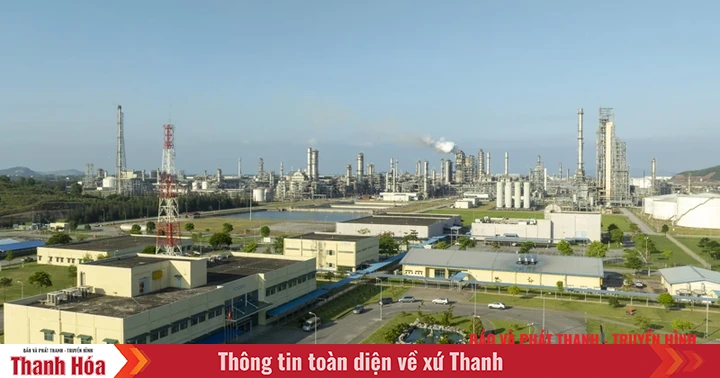


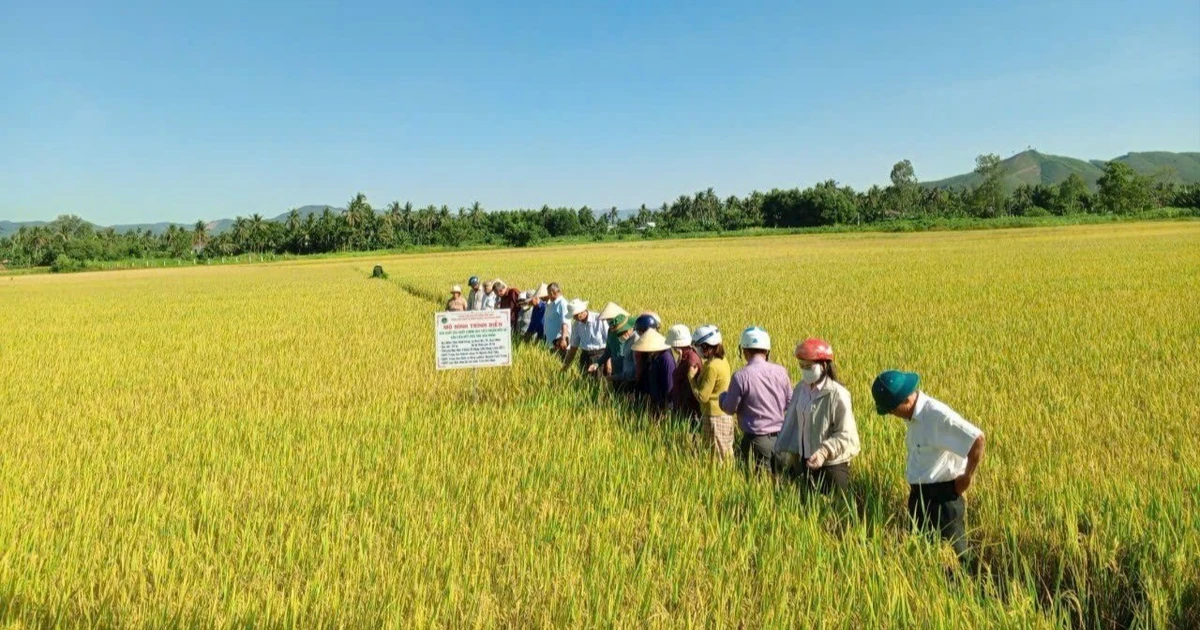




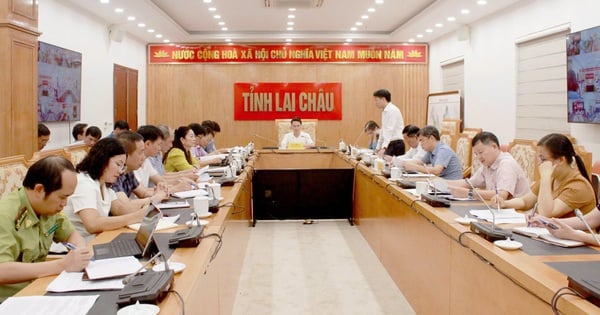









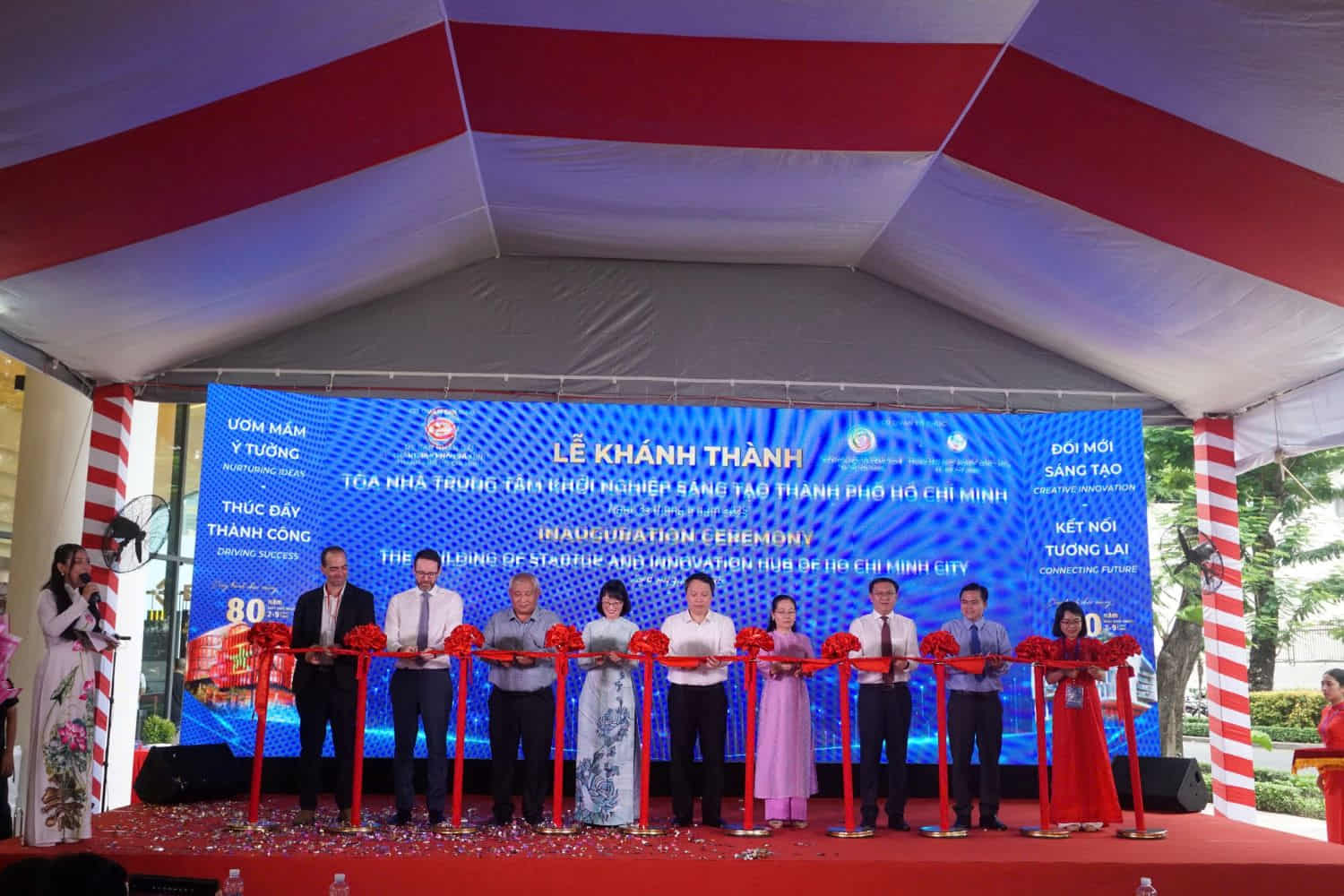

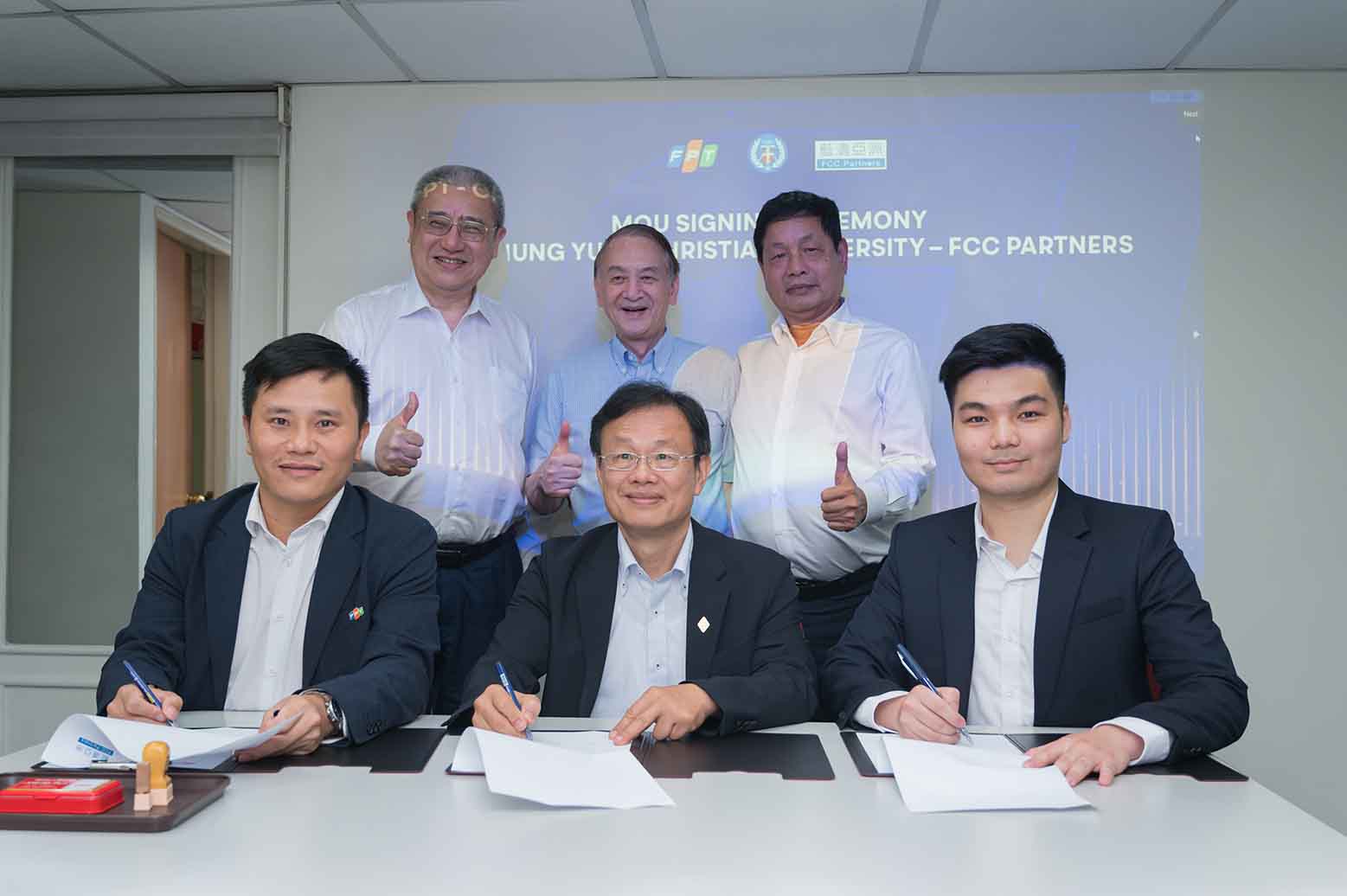
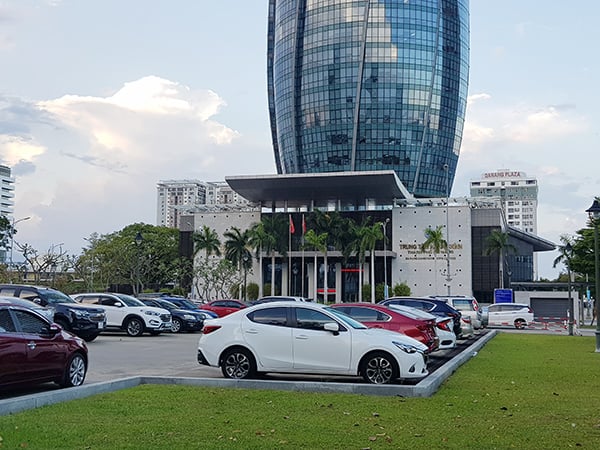














































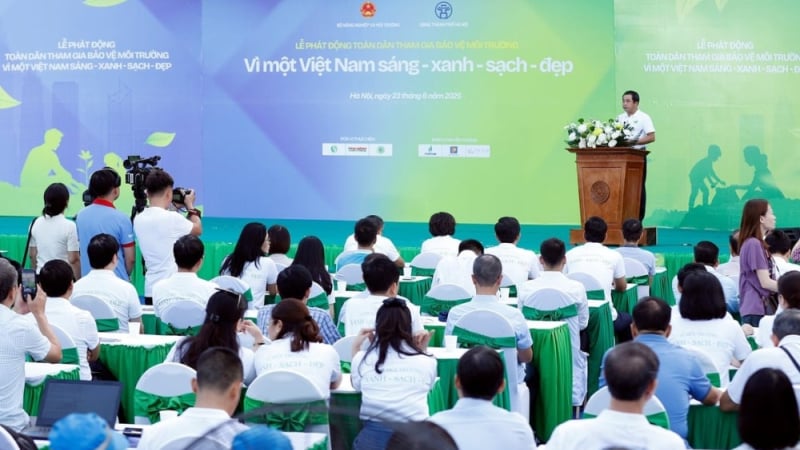

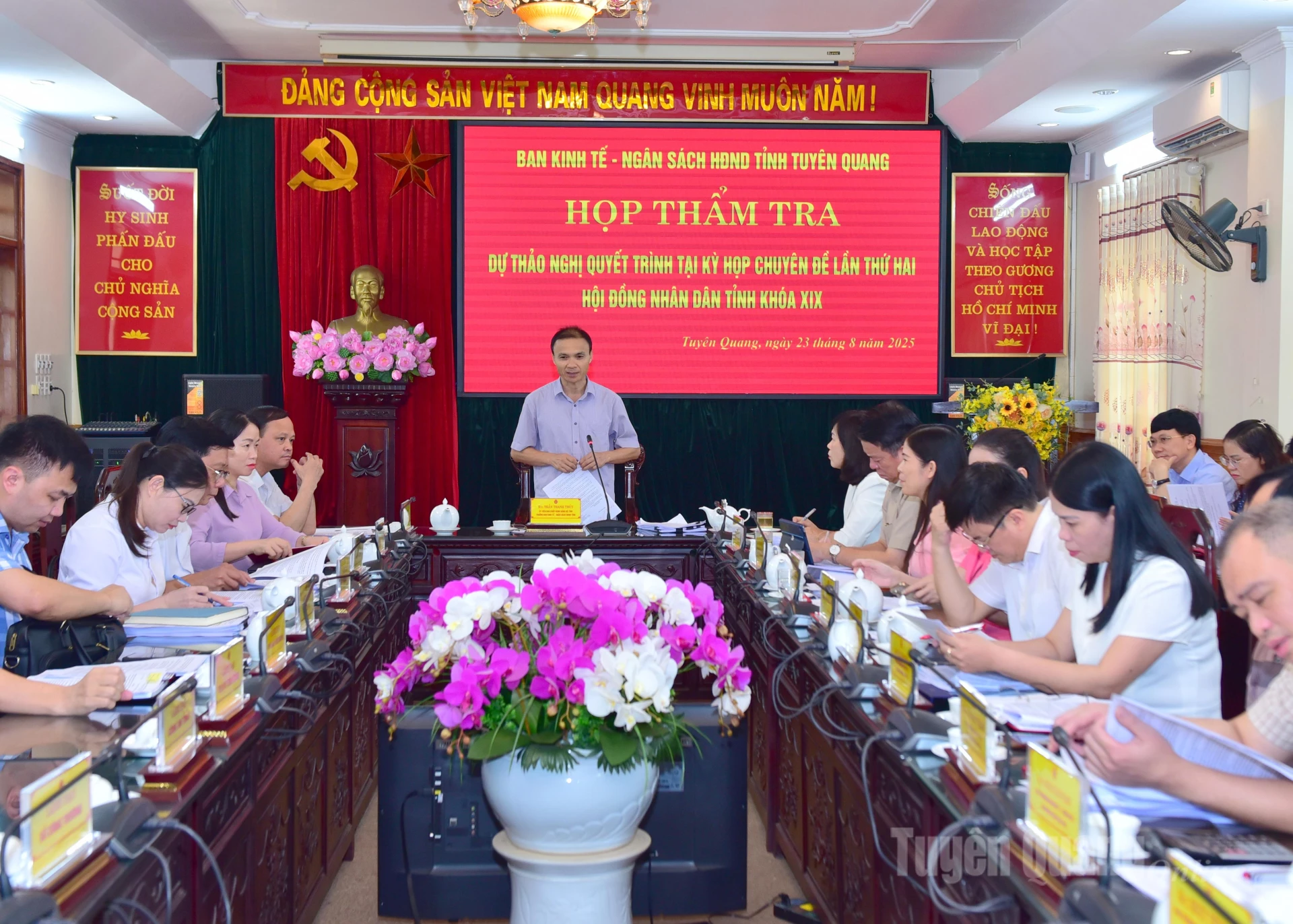




















Comment (0)